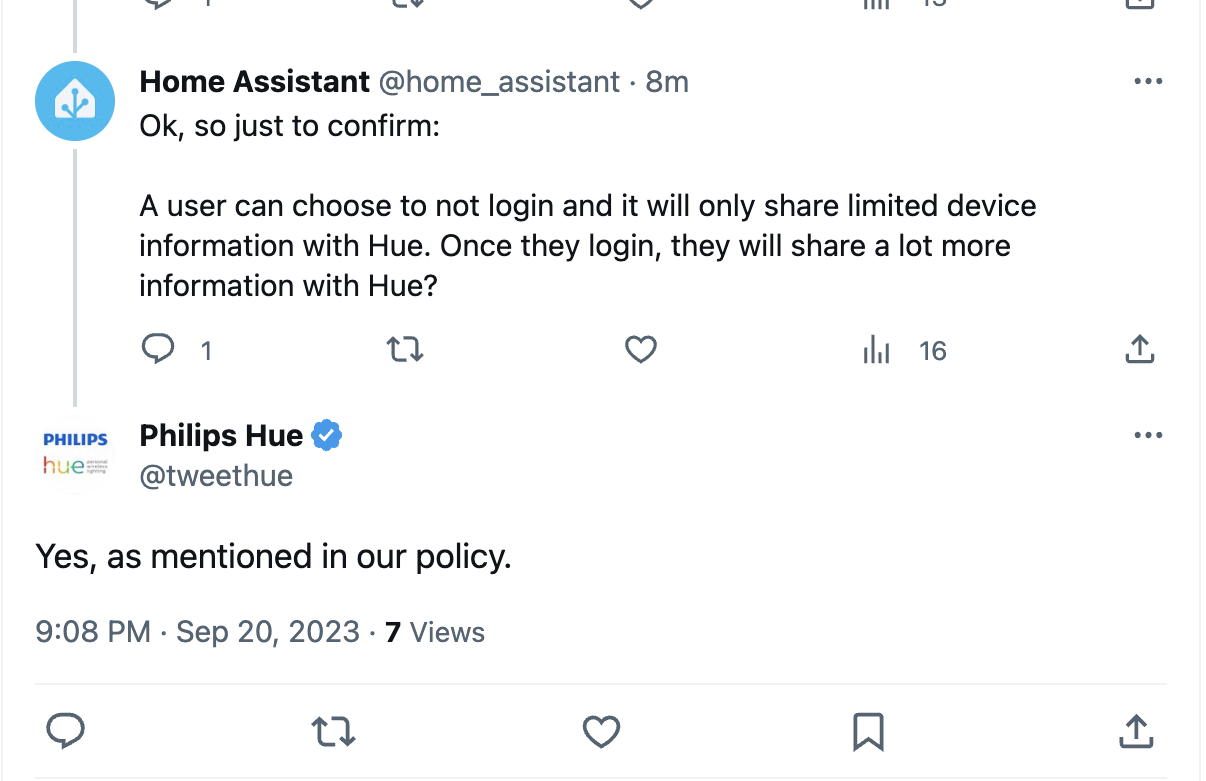Depends. There’s also the included archinstall script, which skips all of that. Just some minimal configuration you find on most distros (Language/Time Zones/Mirrors…) and that’s it.
So yeah, nowadays it’s totally possible to end up with a working Arch installation without knowing anything about it besides that one command.








Can recommend as well. I recently checked what’s out when it comes to anything terminal-related and for the multiplexer I landed on zellij. Works well, looks neat, is easy to learn and well configured out of the box.
My current stack looks like this: